tooth resorption cats prognosis
Dale Kressin DVM DAVDC of Animal Dentistry and Oral Surgery Specialists LLC. 3 Dental radiographs are required for proper diagnosis and treatmentFeline tooth resorption TR a common disease in cats characterized.
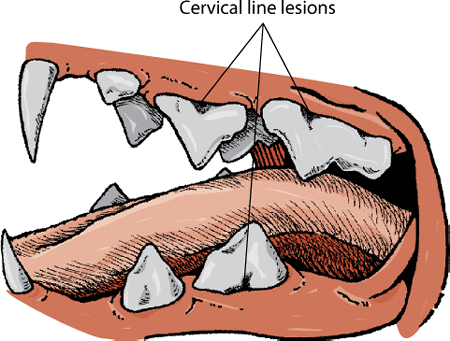
Dental Disorders Of Cats Cat Owners Msd Veterinary Manual
However subtle indications include a tendency to gobble up their food quickly as eating causes pain or only eating on one side of their mouth.

. Today our Walnut Creek vets share the symptoms of Tooth resorption in cats and how it is treated. A cats tooth has an upper portion crown and a lower portion root. Tooth resorption can be difficult to detect with cats often masking signs of oral discomfort or pain.
Full mouth veterinary dental radiographs are needed for both diagnosis and treatment. External resorption can be misdiagnosed. Kressin will diagnose and treat.
Feline TR is a very common problem. What Are the Stages of Tooth Resorption in Cats. Symptoms of tooth resorption in cats can range from.
Over 50 of adult cats develop tooth resorption. It also contains an inner canal filled with nerves blood vessels and lymphatic vessels. Drooling Having difficulty chewing Dropping food while chewing Chattering the.
Tooth resorption in cats unfortunately often goes undiagnosed. The lesions are small and close to the base of the. Feline tooth resorption usually has five stages.
Stage 1 resorption presents with only mild clinical evidence of hard tissue loss and is rarely detected especially if the lesion is hidden behind soft tissue. Without treatment a cat is in extreme pain may stop eating become very ill. Feline tooth resorption is a fairly common dental disease affecting up to 60 percent of all adult cats.
12 Risk factors include increasing age and the presence of other dental disease including additional TR lesions. Tooth Resorption in Cats. Females and cats over five years of age are more prone to tooth resorption.
Gingivitis appears as a bright red section of the gums Vomiting. This painful condition is believed to affect more than 65 of cats during their lifetime. Symptoms of Tooth Resorption in Cats.
Chewing with only one side of the mouth. The most common dental disease in domestic cats is a destructive process called tooth resorption. Feline immunodeficiency virus and stress on the teeth due to poor dental alignment can also trigger tooth resorption in some cats.
Symptoms of tooth resorption Feline. Over time all areas of an affected tooth may become involved and tooth resorption is very painful for your cat. Feline tooth resorption lesions are one of the top causes of tooth loss in cats.
Feline tooth resorption may show no visible signs other than gingivitis gum inflammation in its early stages although you may also notice signs of blood in your cats water or food bowl. Because cats instinctively hide their pain as a survival method and are often not keen on having their mouths handled it can be difficult to detect whether your cat is experiencing pain from resorptive lesions that have developed on her teeth. Symptoms of tooth resorption.
Root canal therapy may help treat internal resorption but if there is a large defect the tooth may break apart and fail to function. What Is Feline Tooth Resorption. Over time all parts of affected teeth become involved and worn down.
Oral disease in cats comprises four major conditions. A second opinion may be necessary. Certain breeds of cats like Siamese Persians and Abyssinians appear to be more susceptible to the disease but again any cat can develop these lesions.
Stage one is the earliest stage of damage. Cats with oral pain may appear irritable or aggressive have a change in appetite or food preference and may have difficulty chewing and eating food falls from their mouth. All that will remain is a raised bump on the.
Your cat may also start to prefer wet food over dry kibble and the wet. The process usually starts in the enamel along the gum line and continues towards the center of the tooth. Tooth resorption in cats unfortunately often goes undiagnosed.
This problem is the most common oral disease found in cats affecting up to 60 percent of domestic felines. The cause of tooth resorption is currently unknown but the condition seems to develop when a cell within the tooth called an odontoclast is activated and removes calcium from within the. Resorptive lesions that have eroded through the enamel may be very painful.
Cats with resorptive lesions may show pain when their jaws are touched and may also have increased salivation or oral bleeding. Routine radiography is required for timely diagnosis. As the disease progresses the symptoms your cat may show include difficulty in eating dribbling saliva face rubbing jaw chattering and weight loss.
If left untreated this disease can result in other oral problems pain infections and problems in other parts of the body. Tooth resorption TR occurs when the hard tissue under the tooth enamel called dentin wears down and is eventually destroyed. Dropping food from the mouth.
Initially cats with affected teeth may not show any symptoms at all. All cats can develop feline tooth resorption. More than 50 of cats over 3 years of age will be affected by TR.
However once a significant amount of erosion of the tooth develops and is visible the condition will usually then result in pain. Cats are masters at hiding pain so it can be tricky to know if theyre having dental troubles. Incidence reports list a range from 30 to 60 for cats affected by this oral condition.
Five stages of tooth resorption are recognized in cats. Feline Tooth Resorption Tooth resorption is when the dentin the hard tissue beneath a tooths enamel of a single tooth or multiple teeth erodes left untreated it can cause irreparable damage. In fact its one of the most common oral conditions seen in cats.
They start as small erosions in the dental enamel and progress both in size and depth. How is Tooth Resorption. Periodontal disease oral neoplasia particularly squamous cell carcinoma feline stomatitis and tooth resorption.
Feline tooth resorption is a condition in which the body begins breaking down and absorbing the structures that form the tooth. What cats are at risk of tooth resorption. Eventually the tooth will be almost entirely gone.
If cat tooth resorption is left untreated for a period of time the crown can break and cause tooth loss. Feline tooth resorption is a common painful condition in domestic cats. Some radiographic evidence is detectable such as a change in the dentin.
The resorption is usually progressive but even extensive cases can sometimes be reversed. All types of teeth in the feline dentition may be affected but lesions seem to be more common in certain teeth. Cats with clinically missing teeth have also been found to be more likely to have tooth resorption.

Tooth Resorption In Cats Unfortunately Often Goes Undiagnosed

External Tooth Resorption In Cats Part 2 Therapeutic Approaches Today S Veterinary Practice

Resorptive Lesions Feline Healthy Paws Animal Hospital
Tooth Resorption In Dogs And Cats Vetbloom Blog
Tooth Resorption In Dogs And Cats Vetbloom Blog

Feline Tooth Resorption Today S Veterinary Practice
Tooth Resorption In Dogs And Cats Vetbloom Blog

Feline Tooth Resorption Today S Veterinary Practice
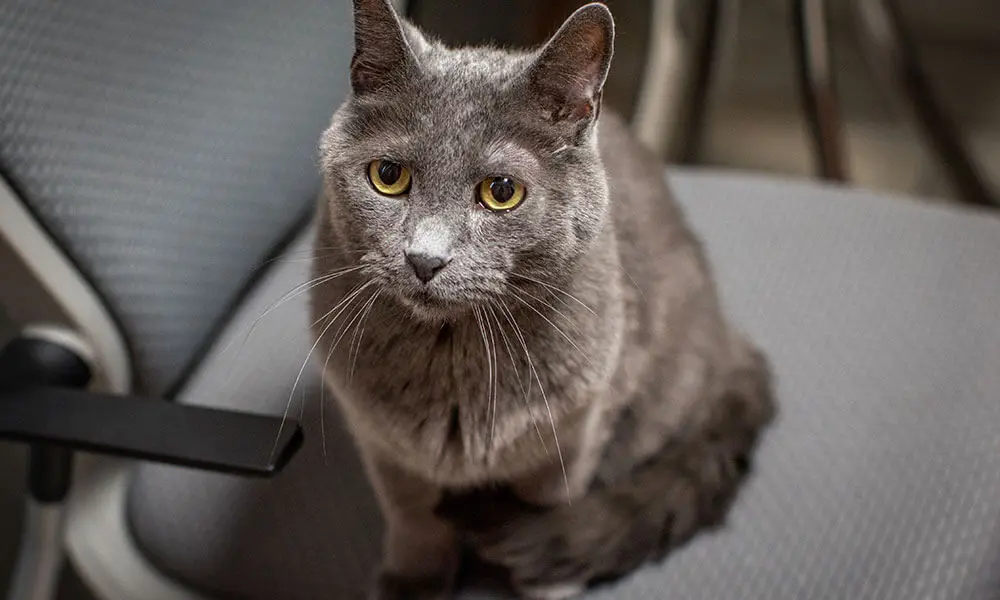
Feline Tooth Resorption A Guide For Cat Owners 1st Pet Veterinary Centers Az

Feline Tooth Resorption Today S Veterinary Practice

Juvenile Gingivitis Periodontitis Advanced Animal Dentistry

External Tooth Resorption In Cats Part 2 Therapeutic Approaches Today S Veterinary Practice

Risk Assessment Of Feline Tooth Resorption A Portuguese Clinical Case Control Study Semantic Scholar
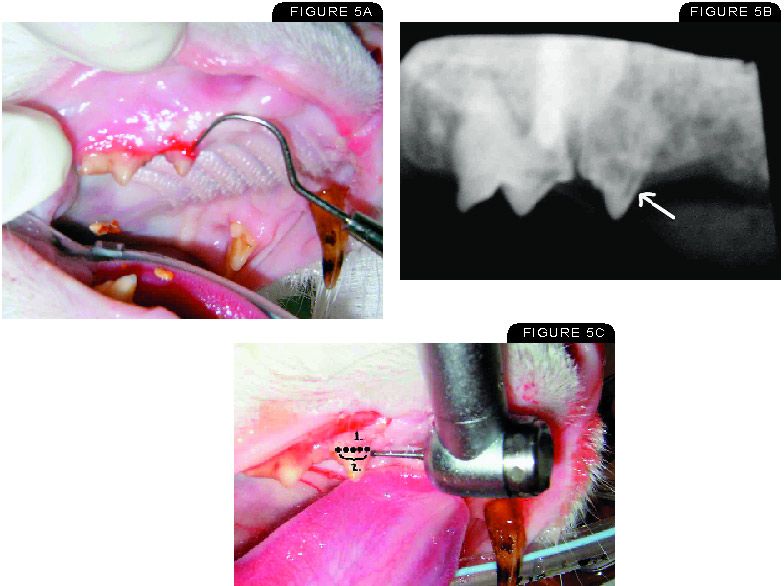
Dental Corner How To Detect And Treat Feline Odontoclastic Resorptive Lesions

External Tooth Resorption In Cats Part 2 Therapeutic Approaches Today S Veterinary Practice
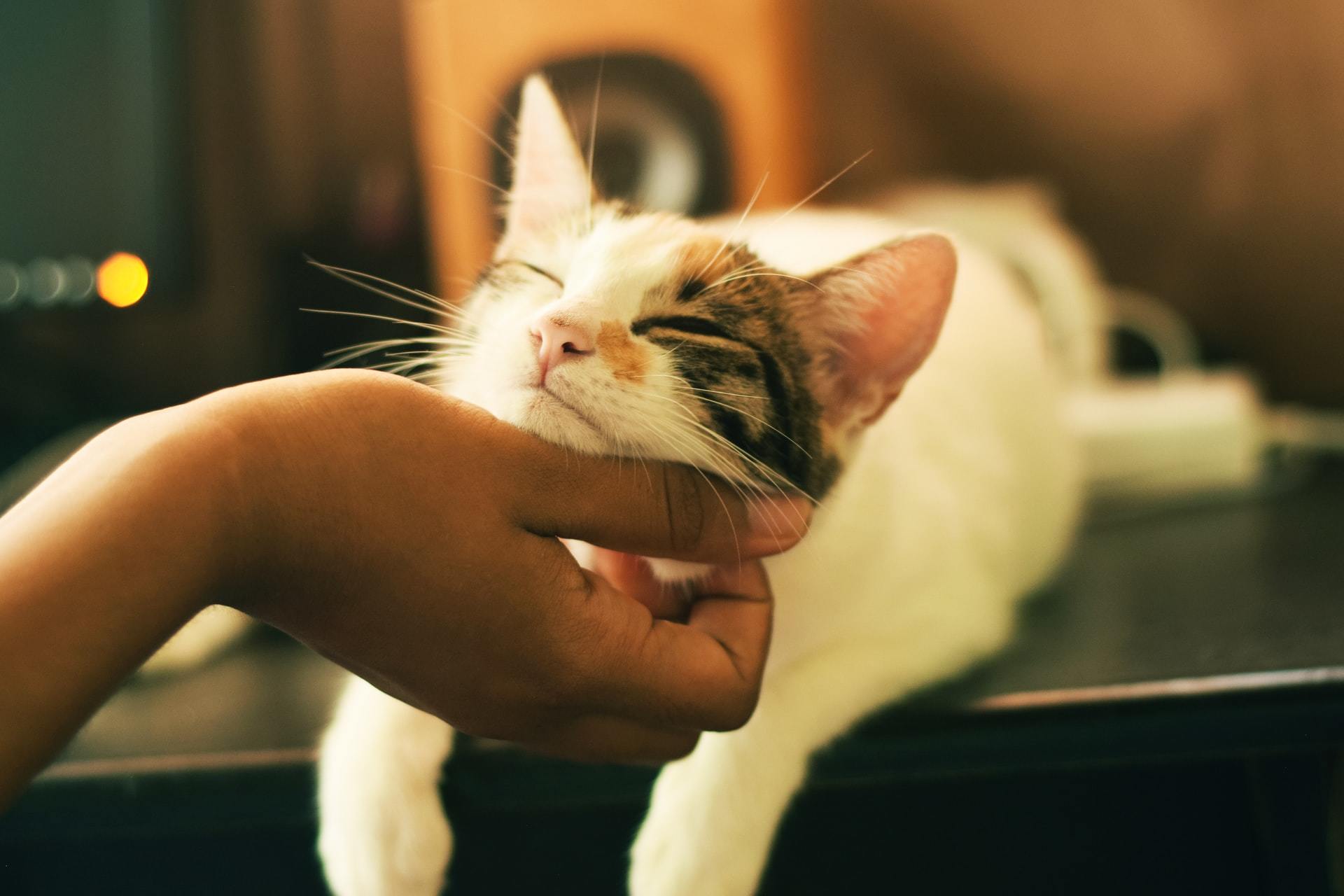
Feline Tooth Resorption How To Help Your Cat Firstvet
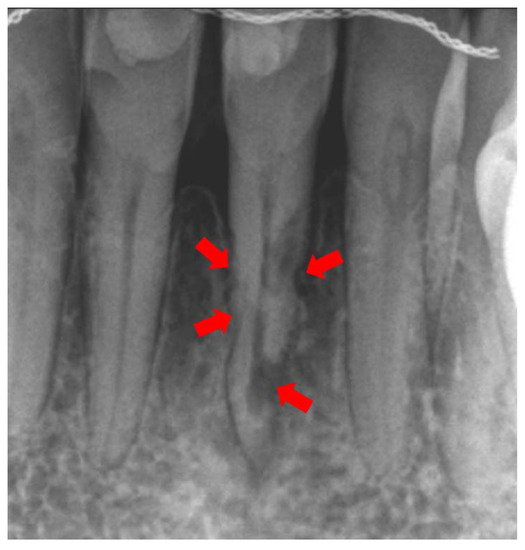
Ijms Free Full Text A Bioinformatics Systems Biology Analysis Of The Current Oral Proteomic Biomarkers And Implications For Diagnosis And Treatment Of External Root Resorption Html
